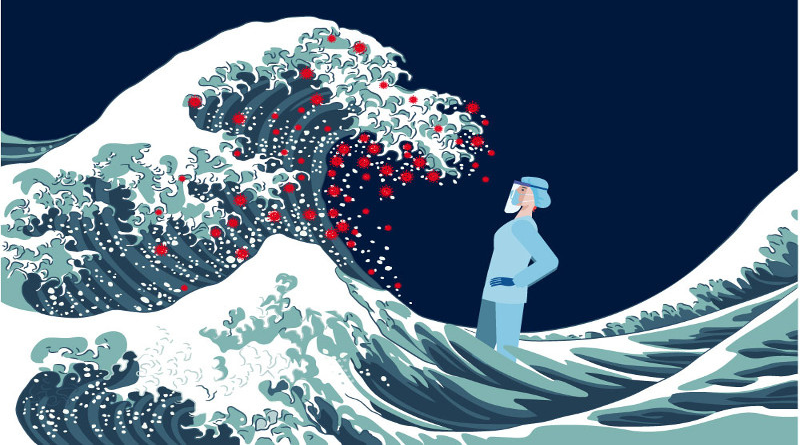Covid-19 second wave: College shuts down all offline academic activities
In view of the prevailing situations with respect to the Covid-19 pandemic, the College authorities have decided to shutdown all offline on campus academic activities. However, regular classes will be continued in the online mode. The members of the academic staff are permitted to work-from-home with effect from 21 April 2021 until further orders. The Principal has made a special appeal to all faculty and staff members to make sure that the classes are efficiently handled and all possible support is extended to the students for effective learning. However, faculty and staff members will have to in College, strictly following the safety protocols, for assigned invigilation duties, paper valuations, NBA preparations, VIBE-21 activities etc. as and when needed/directed. The Principal has also appealed faculty and staff members to suggest innovative, extra and co-curricular activities for students (online mode, preferably under the banner of Department Associations) to keep their morale high during this period of pandemic.
What Is a Second Wave of a Pandemic?
In the modern era, public health experts have warned that highly contagious infectious diseases, including pandemic influenza and coronavirus disease 2019 (COVID-19), have the potential to re-emerge and produce second and possibly even third waves of disease. And these subsequent rounds of disease are sometimes worse than the first. The influenza pandemic of 1918–19 occurred in three waves, which took place over the course of a year. Whereas the first wave of that pandemic did not deviate noticeably from typical influenza epidemiology, the second and third waves were unusually deadly for 20- to 40-year-olds. The influenza (H1N1) pandemic of 2009 had two waves, the second of which caused significantly more illness than the first. (Britannica) |


 When a global outbreak of disease begins to slow, feelings of relief and a sense of moving on ensue. But historically, based on past pandemics involving diseases like the plague, cholera, and influenza, that feeling of security has been short-lived. Pandemic diseases, once clear of their initial peak of activity and seemingly on their way out, have a tendency to re-emerge in a different segment of the population and spread anew, giving rise to a second wave of disease.
When a global outbreak of disease begins to slow, feelings of relief and a sense of moving on ensue. But historically, based on past pandemics involving diseases like the plague, cholera, and influenza, that feeling of security has been short-lived. Pandemic diseases, once clear of their initial peak of activity and seemingly on their way out, have a tendency to re-emerge in a different segment of the population and spread anew, giving rise to a second wave of disease.